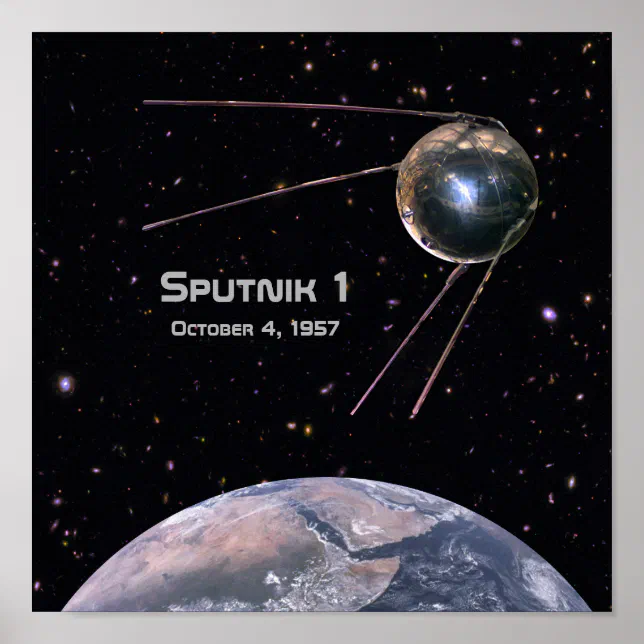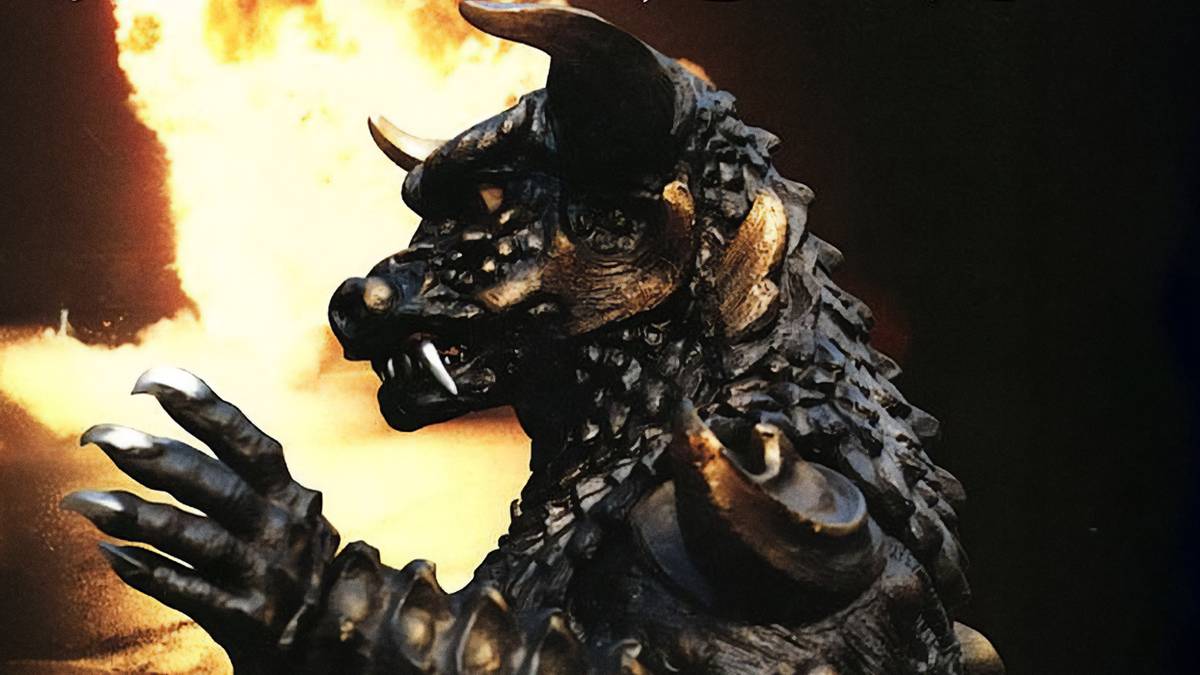Alien Hunters on High Alert: Is an ET Spacecraft Heading Our Way? NASA's New Hunt Begins!

Humanity stands on the cusp of potentially answering one of its most profound questions: are we alone in the universe? This enduring quest is being pursued through a dual approach – the proactive, long-term scientific endeavor of NASA’s proposed Habitable Worlds Observatory (HWO) and the more immediate, speculative intrigue surrounding a mysterious object designated 31/Atlas, which some hypothesize could be an extraterrestrial craft.
The Habitable Worlds Observatory represents humanity’s most ambitious opportunity to find evidence of alien life beyond our solar system. Slated for arrival in the 2040s, this groundbreaking mission will require technologies yet to be developed, though plans are already underway as part of an international effort. The HWO will be tasked with scouting some of the nearly 6,000 exoplanets discovered since the early 1990s, with a primary focus on Earth-sized planets within the habitable zones of nearby stars.
Scientists working on the HWO will primarily search for chemical patterns, known as biosignatures, in the atmospheres of these distant worlds. Specifically, they will look for signs of oxygen, ozone, and methane, whose relative abundance cannot be explained by non-biological processes. As Dr. Shyam Balaji of King's College London explained, the HWO will directly examine atmospheres for coexisting chemical patterns like oxygen and methane, which, while not absolute proof, would be the strongest evidence of life to date.
Beyond detecting chemical markers, the HWO is designed to capture images of these distant planets, imaging worlds that are 10 billion times fainter than their host stars. This large spacecraft, similar in scale to the Hubble or Webb space telescopes, will feature a primary mirror at least six meters in diameter and will incorporate a crucial instrument to block out scattered starlight, allowing it to discern planets in orbit. Furthermore, HWO is expected to detect Earth-like moons orbiting giant extrasolar planets and observe eclipses of these celestial bodies.
Despite the scientific case being compelling and public interest high, the HWO project faces real funding pressures and is vulnerable to delays, with its core ideas tracing back 50 years. However, international partners like the European Space Agency (ESA) and UK Space Agency (UKSA) are keen to collaborate, with the UK specifically aiming to lead an instrument on the mission. Regardless of whether life is found, the implications of HWO's discoveries will be transformational for space science and our understanding of humanity’s place in the cosmos.
Adding another dimension to the search for the unknown is the enigmatic object 31/Atlas. Estimated to be over 12 miles wide, this entity is rapidly traversing our solar system on a trajectory that will bring it within approximately 170 million miles of Earth on December 19. Its discovery has sparked fears and intense speculation, with some suggesting it could be an extraterrestrial craft.
A team of Harvard University scientists, led by astrophysicist Avi Loeb, has published a paper speculating whether 31/Atlas could be
Recommended Articles
Sputnik 1 and the Birth of the Space Age (October 4, 1957): What It Meant Then — What It Means Now

On October 4, 1957, Sputnik 1 launched the Space Age, sparking a global race for innovation. What lessons does its legac...
Arsenal's Corner Routines Shine in Newcastle Win, Referee Backs Controversial Call!

Arsenal's 2-1 victory over Newcastle was marred by a contentious VAR decision that saw a penalty overturned, a call rigo...
Tech Titan Elon Musk Becomes First to Reach Staggering $500 Billion Fortune!

Elon Musk has made history by becoming the first person to achieve a net worth exceeding $500 billion, driven primarily ...
You may also like...
Laboratory-Grown Meat: The Future of Food or a Threat to Health and Tradition?

Lab-grown meat promises eco-friendly farming, animal welfare, and food security, but raises fears about health risks, cu...
Bameyi's Last-Gasp Heroics: Flying Eagles Soar into U20 World Cup R16 After Colombia Draw!

The Nigerian Flying Eagles have secured their place in the 2025 FIFA U20 World Cup round of 16 following a 1-1 draw agai...
Unbelievable Cinema: The 'Godzilla' Rip-Off That Fooled North Korea and Secured Hostage Release

Discover the incredible story behind North Korea's monster movie, <i>Pulgasari</i>, a film born from Kim Jong-il's cinem...
Fast & Furious Franchise: $7 Billion Juggernaut Shifts Gears, Exiting Streaming Soon

The Fast and the Furious saga is set to largely depart from Netflix U.S. on November 1, 2025, impacting fans of the $7 b...
Taylor Swift’s ‘The Fate of Ophelia’ Video/Edit Takes Over

Taylor Swift's "The Fate of Ophelia" music video is now streaming, depicting Swift reimagining Ophelia's tragic story an...
Furious Locals Slam £5M Spend on 'Ghost' Ayrshire Treatment Centre

,
Golf Club Scores Big for Charity: Westwood Raises £55k for Scottish Hospices

Westwood Golf Club in East Kilbride has raised £10,000 for Children’s Hospices Across Scotland (CHAS) at its annual char...
Imisi Crowned BBNaija Champion, Bags Staggering ₦150m Prize!

Imisi has emerged as the winner of Big Brother Naija Season 10, securing the record-breaking ₦150 million grand prize. H...